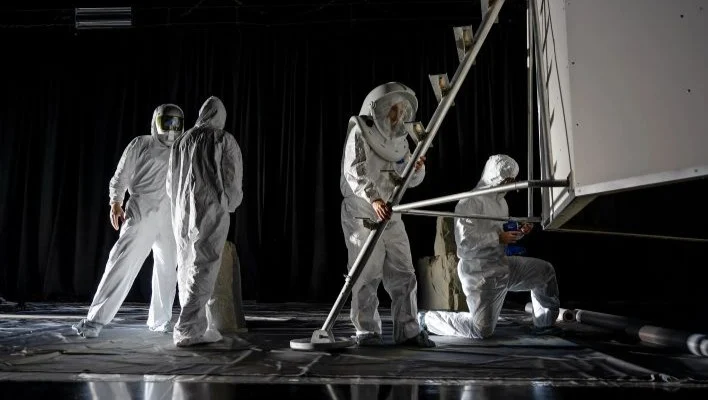
How NASA Is Solving The Moon’s Tricky Lighting Problem For Artemis III Mission
How did your country report this? Share your view in the comments.
Diverging Reports Breakdown
How NASA Is Solving The Moon’s Tricky Lighting Problem For Artemis III Mission
Engineers and astronauts at Marshall Space Flight Center’s Flat Floor Facility in Huntsville, Alabama, are simulating the extreme lighting conditions expected at the lunar South Pole. Simultaneously, astronauts are undergoing geological and operational training literally outdoors in the wild to prepare for the unique challenges of lunar exploration and observations. The data collected from these testings help refine readiness models and evaluate tools astronauts will ultimately use on the Moon.
As it is, the lunar South Pole is a
As NASA gears up for its 2027 Artemis III mission , engineers and astronauts at Marshall Space Flight Center’s Flat Floor Facility in Huntsville, Alabama, are meticulously simulating the extreme lighting conditions expected at the lunar South Pole, the target landing site for Artemis III. This seemingly simple exercise intends to shed light (ha-ha) on how astronauts experience extreme lighting conditions on the Moon. Simultaneously, astronauts are undergoing geological and operational training literally outdoors in the wild to prepare for the unique challenges of lunar exploration and observations.As it is, the lunar South Pole is a visually complex environment . With the Sun perpetually at a low angle, vast stretches of the surface are plunged into deep, enduring shadows, while illuminated areas can be blindingly bright. This creates high-contrast conditions that could significantly impact an astronaut’s ability to navigate, perform critical inspections, and identify geological features.
At the Flat Floor Facility, engineers are using powerful 12- and 6-kilowatt lights in conjunction with low-fidelity mock-ups of the human lander, lunar surface, and rocks. Emma Jaynes, a test engineer at the facility, explained, “the goal is really to understand how shadows will affect lander visual inspection and assessment efforts throughout a future crewed mission.”
The air-bearing floor at this facility—one of the largest, flattest, and most stable of its kind—which some liken to an inverted air hockey table, allows large mock-ups to be easily set up, enabling engineers to study shadow effects from multiple angles. The data collected from these testings help refine readiness models and evaluate tools astronauts will ultimately use on the Moon.
